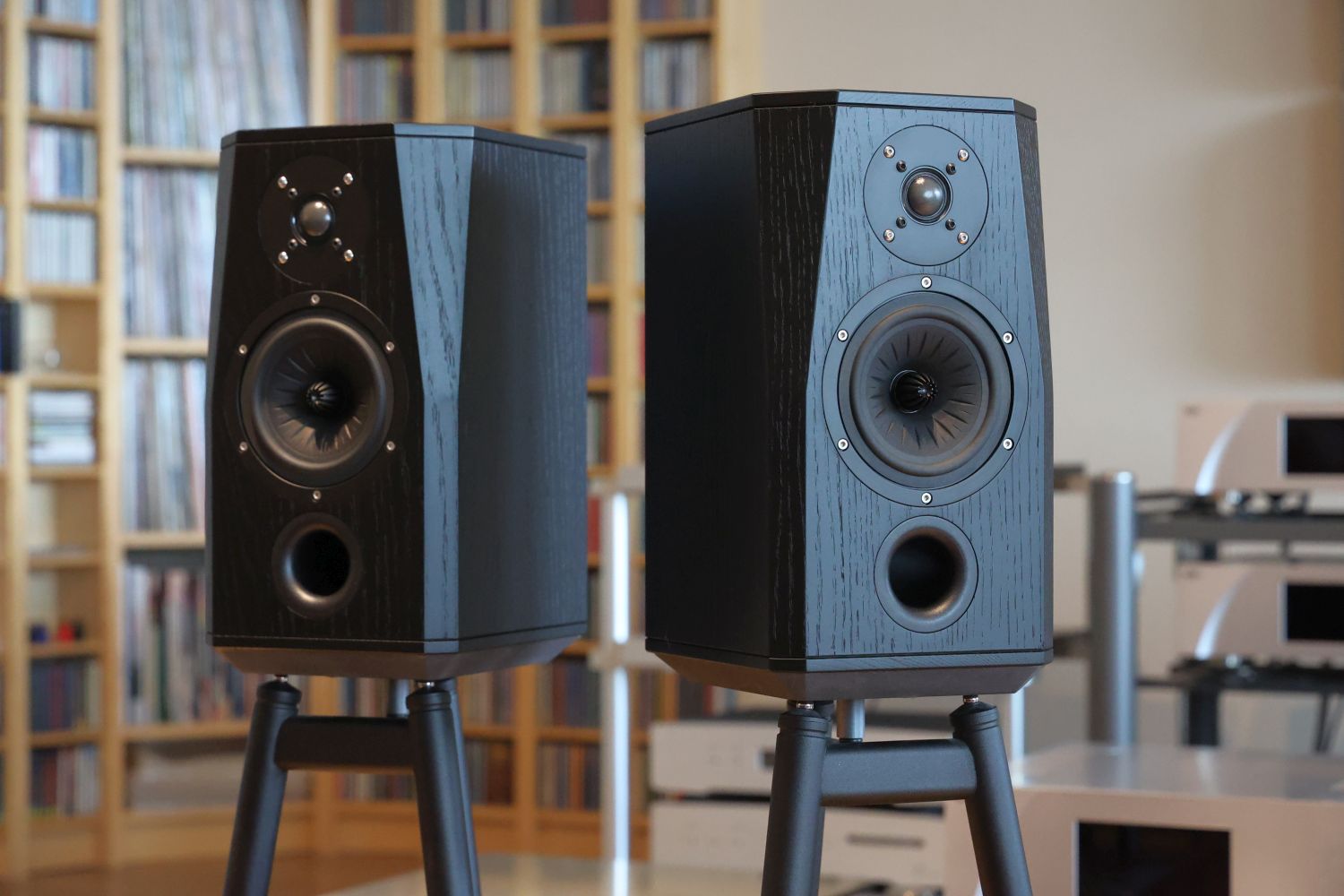
Review Context
For the second part of this review, the Premium Model 9’s will be listened to in the main system in combination with the Aqua LinQ Network Interface and Precision C1.2 DAC. The rest of the system comprises the CH Precision L1 preamplifier, CH Precision A1.5 power amp, and, for comparison, Xavian Perla Esclusiva and Magico S1 MkII speakers.

Listening Part Two
After Maarten and Arnold delivered the speakers for review, Maarten was interested in hearing how they performed in the context of my system, so we quickly positioned them between the Magicos, and I connected them using Driade Flow Reference 808 speaker cables. Mere moments after starting the first track (Desert Sun by Bliss), we looked at each other in amazement. Were we truly listening to those small monitors? Judging from the bass precision and -depth, resolution, and soundstage, it sure did not seem like it. Even with guesstimated positioning and toe-in, they sounded well-balanced, coherent, engaging, and realistic, and just as they illustrated at the audio show, they simply got out of the way and let the music do the talking.

The speakers sit on a custom platform secured to the stand via a central rod and to the speakers using 3 bolts.
After a bit of experimenting with toe-in and lateral position, we soon found a good initial position, whereby the focus was beautifully precise, and the sound stage extended not just beyond the speaker enclosures but beyond my sidewalls and way into the depth plane. The treble was extended, revealing, and precise without being aggressive. Further, the resolution was really good, along with excellent focus. While my brain knew the sound was not coming from the Magicos, I still had trouble wrapping my head around that. It just did not sound like the sound was coming from the monitors.


The speakers are fitted with banana connectors selected for their ultra-low resistance. If desired, the speakers can also be custom-ordered with other connectors at additional cost.
The surprises kept coming as I played other tracks. Some more Bliss stuff, Patrick O’Hearn, Coen Bais, and Michel Godard. Oh, boy, it all sounded very good. The bass, too, was unreasonably great, especially given the tiny driver and small enclosure. Fast, agile, tight, articulate, and hugely propulsive, with the right weight to lend body where needed without adding thickness. There was just no audible port chuffing, ever, and nothing we played phased the speakers, and even when I proceeded to more demanding bass-heavy R&B tracks such as the D Word by Toni Braxton and Babyface, and even more fun, Trentemoller’s Evil Dub. Oh yes, you bet we were having fun!
It was getting late, and Maarten and Arnold had to go. Before they took off, I quickly swapped back to the Magico S1 MkIIs. Often, when reviewing loudspeakers, I am happy, and sometimes even relieved, to hear my own trusted sound again. But this time, I wasn’t so sure. As one might expect of a diamond-coated beryllium tweeter, the S1’s treble was airier and more refined. Although the Driades never seem to lack detail, the S1s were more highly resolving, just as they should, given the massive price difference. However, the S1’s midrange was comparatively recessed, smoothened, and friendly, and not as direct, pure, and expressive as the Premium Model 9’s. Holy guacamole. I did not see that coming.
The next day, I resumed the listening session as soon as I was well awake and caffeinated, by finding the ideal positions. Surprisingly, they sounded best when a little closer together than usual, almost in the same positions where they started between the Magicos. Throughout the following listening sessions, the Driades kept delivering without ever letting me down. Their even-handed nature and the seamless integration of the treble made it easy to forget that I was listening to these little monitors instead of my usual speakers. However, in my extended comparisons, it became clear that although the Magicos are a little creamy and over-polished in the midrange, the Driades go in the other direction, with a subtle increase in output in the upper midrange. But even so, their coherence and utter lack of hardness make one easily adjust to this within the first track. In some ways, I found stepping from the Magicos to the Driades easier than the other way around.

A cross-comparison between my usual CH Precision trio (C1.2 DAC, L1 preamp, and A1.5 power amp) and an Accuphase E-270 integrated amplifier proved illuminating. The Accuphase has a special place in my heart for its successful mix of confidence, expression, and naturalness. The amp plays well with various speakers, such as the Xavian Perla Esclusiva, Apogee Duetta, and the Magico S1 MkII.
As expected, the E-270 drives the Driades confidently, and the sound is beautifully engaging and communicative. But more so than with the Magicos, the loss of resolution and refinement versus the CH system is hard to miss. There is no argument that the CH stack’s combined price tag is ridiculous compared to the Premium Model 9’s modest price tag. Nevertheless, the Driades effortlessly illustrate their transparency by laying bare all the differences between the two systems. They make it very clear that an Accuphase E-270 is not comparable to the CH stack.
So far, the Premium Model 9s had provided bass that seemed on par with the Magicos. I’m not exaggerating; the little Driades sound even more articulate and incisive than the Magicos! Further, with the music played so far, the Model 9’s bass appeared to go as deep as the Magicos. Just as I was about to accept that illogical prospect as a reality, I decided to play a few tracks with particularly low bass-synth sounds. And sure enough, it now became clear that the Driades start rolling off at about 50Hz, whereas the Magicos go on for another 10Hz in depth, to roll off below that.
Nevertheless, a flat response down to 50Hz is still something to behold for a small monitor speaker. Notably, the Premium Model 9s do not artificially inflate or fatten the bass in any way. They simply sound “full on” with crisp precision and lots of impact all the way down until their limit. As long as you don’t play music that contains absurdly low electronic sounds, you’re not likely to miss any bass depth.
Next: Xavian Perla Esclusiva and Conclusion
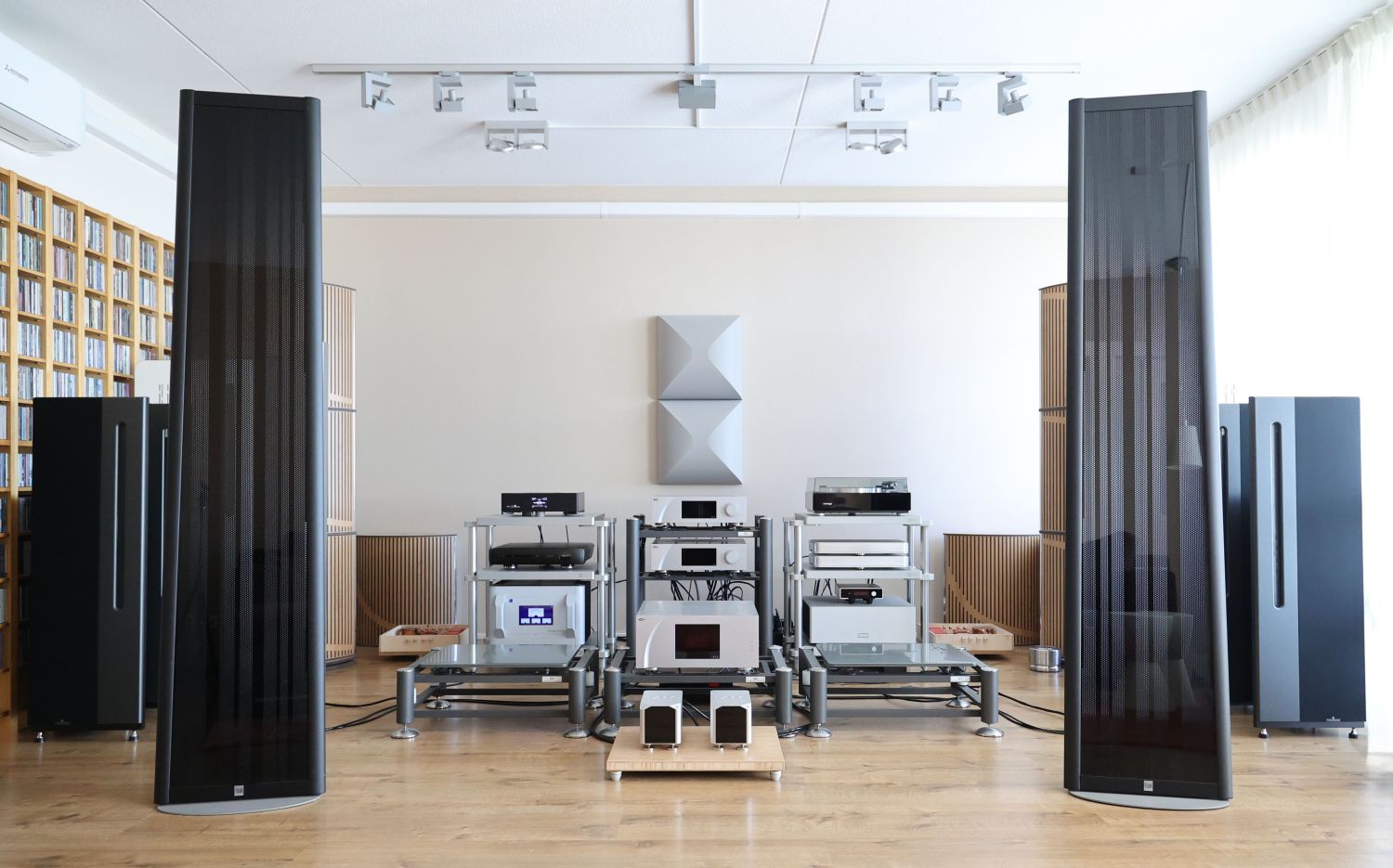
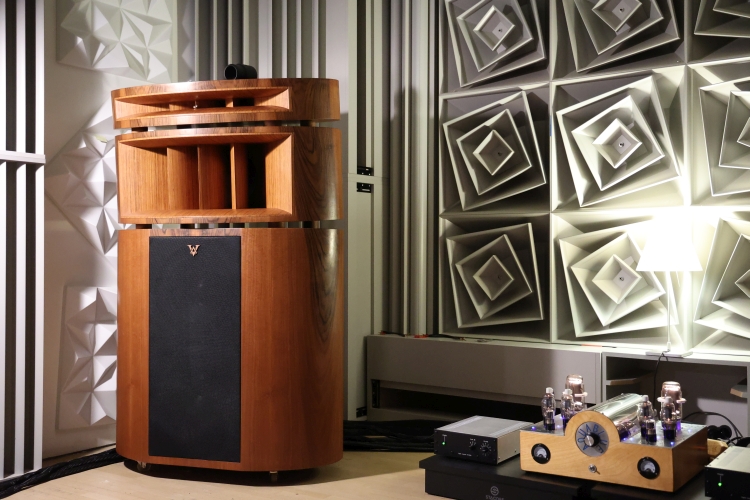
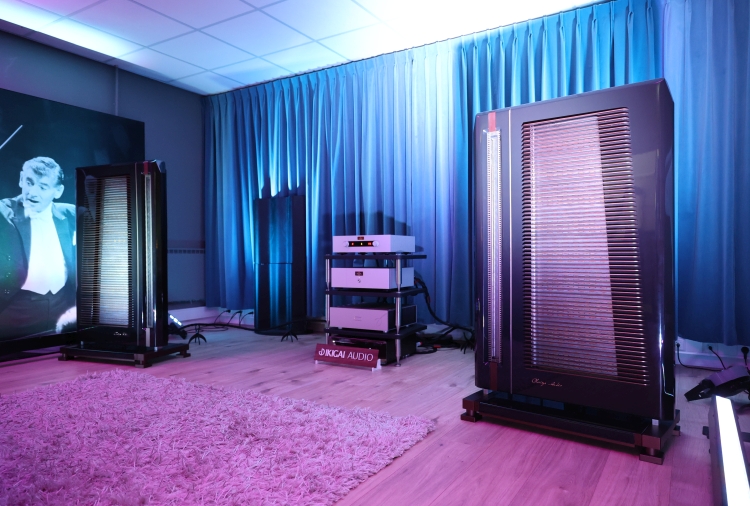
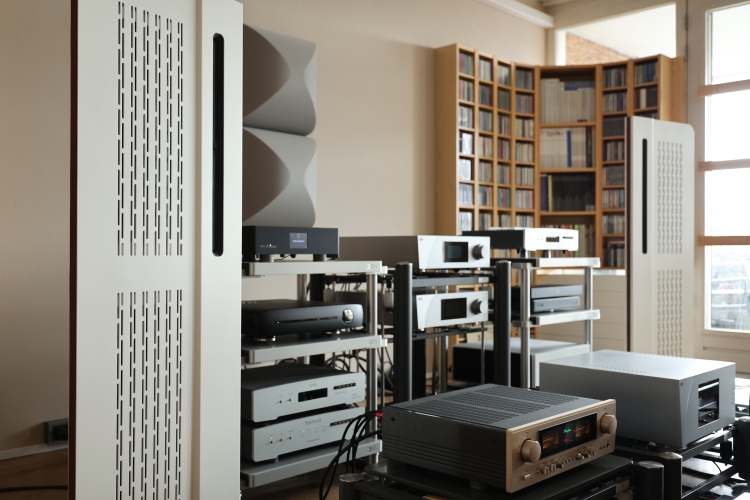
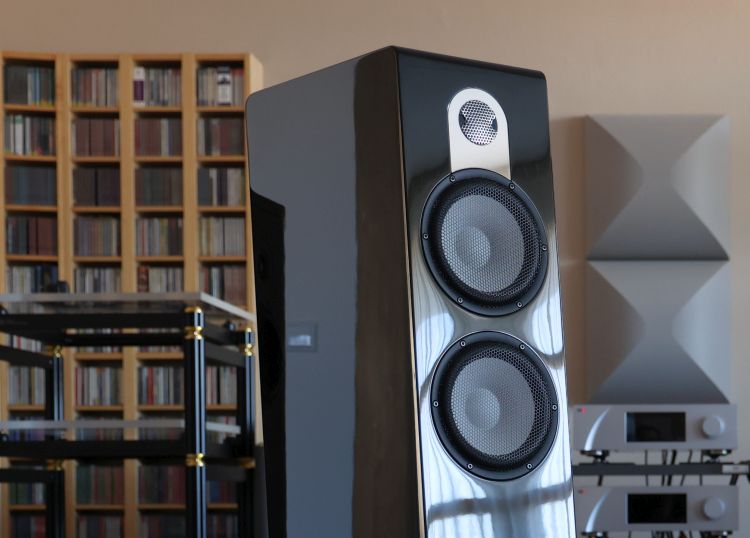
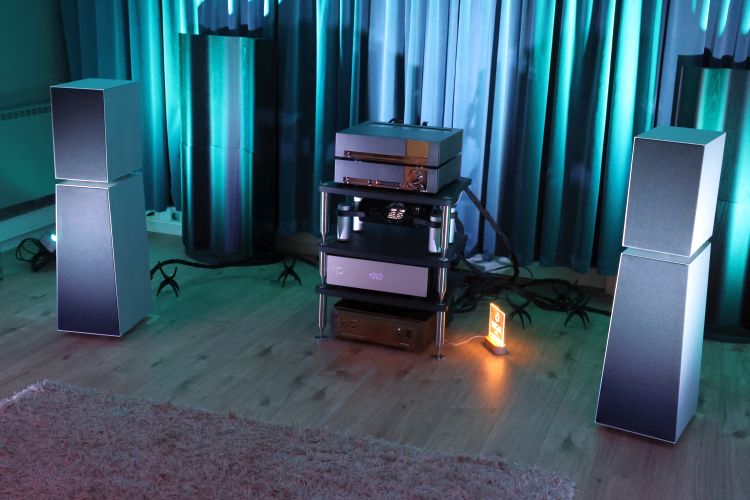
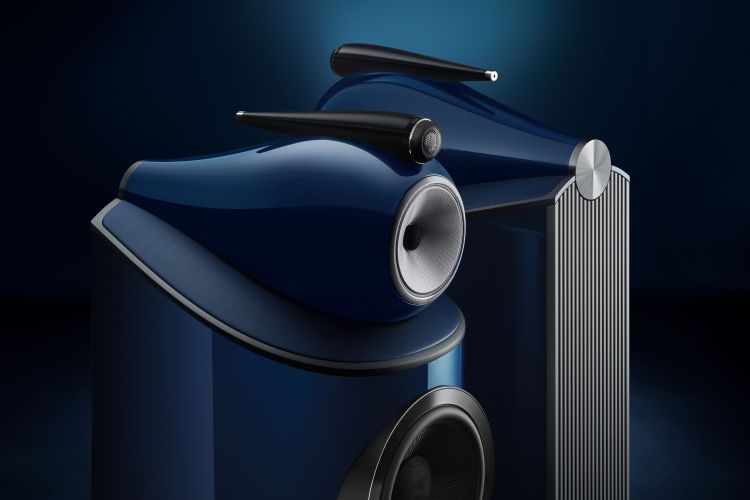
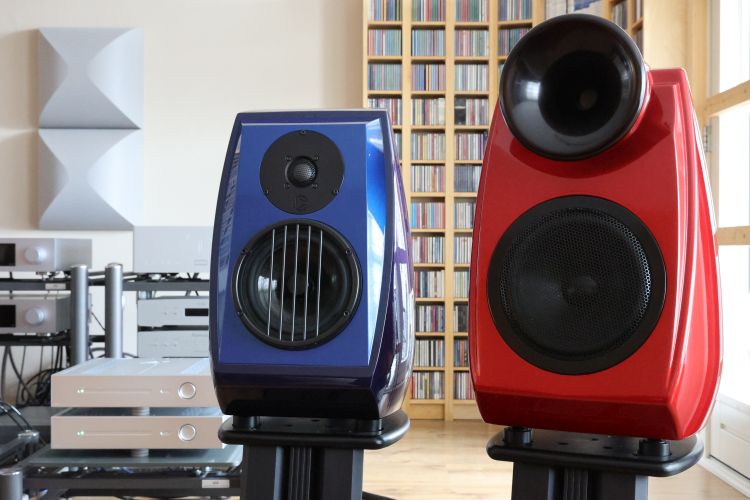
Hi Christiaan,
How do they compare to Kudos Titan 505 or 606 speakers? Can you please shortly describe the Kudos house sound ?
Hi Sunil, I’m afraid I have no experience with Kudos speakers.
(all loudspeakers I reviewed can be found in the reviews section)
Thanks Christiaan for the reply
Hello Christiaan,
Is it already time to show your new special finish Driade Premium Model 9? I am very curious how it looks.
The performance of this monitor seems very good indeed. The rather strange situation is that we will have to spend an almost insane amount of money on an amplifier that will show all its virtues. Where is the €4000 amp that does it almost all for this speaker?
You and me both! 🙂 But I do not have them yet.
Indeed, the quality of these speakers at such a relatively low price point has posed an interesting dilemma. Of course, you don’t HAVE to use a CH A1.5 amplifier. The speakers already convinced me when they played with a mid-class SoulNote amplifier at the show. But, as I found, they can deliver even more, given an even better amplifier.
There are a few very good amplifiers under or around the 4000 euro mark, such as the SoulNote mentioned above, but also the NuPrime AMG series, Lejonklou, and Kora. I’m sure there will be more, but these are just the ones I reviewed.
From my many years of experience, I’ve found that this principle applies to all well-designed speakers in any price category. In fact, you could say it’s a good test of a well-constructed speaker — try powering it with an amplifier from a higher price range. If the sound quality still has room to improve, then you know you’re dealing with a good product.
I recently had a similar experience with my own setup. I powered speakers worth €4,000 (specifically the Radiant Acoustics Clarity 6.2) using electronics worth €40,000. And yes, it sounded fantastic. Was it a balanced pairing? Of course not, but as a test of the speaker’s potential, it’s a great indicator and speaks to a certain level of design quality.
Hi Christiaan!
I think you should take soul note A-2 And A-3 into review?
The reason i’m interested is that i own myself A-2 and i really like that amplifier, it has natural tube like flow and gorgeous sound.
This hobby being what it is, i am interested in trying the next step A-3 at some point, but i’m starting to think they might be actually completely different amplifiers..
Every time i have heard A-2 on exhibits, i have always liked the sound on different systems, but A-3 has never been able to sway me..
I feel that it has been tuned too neutral for me, going away from rich sound of A-2..
Anyway, if you tested both of them, it would be interesting to read how they differ or are similar to each other.
Take care!
Best
Jarkko
Hi Jarkko, I agree these are interesting amplifiers. But, so far, no reviews for SoulNote have been planned so far, and I am fully booked for the next months. Nevertheless, when they approach me for a review, I will not say no!
Regarding the differences you heard, perhaps this has to do with the amplification principle. Purely deducting from the specs, the A1 and A2 seem to run in Class-A, while the A3 uses much less power in idle, while offering a higher output. Hence, I suspect this amp may be in Class A/B. But perhaps best to double-check this with the manufacturer.